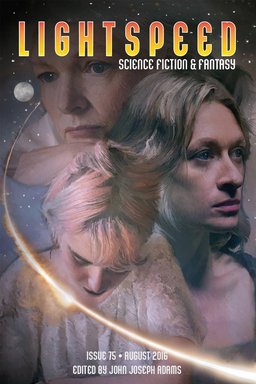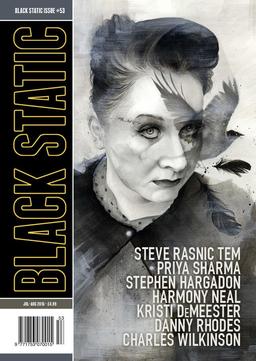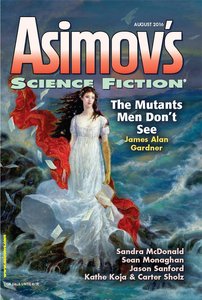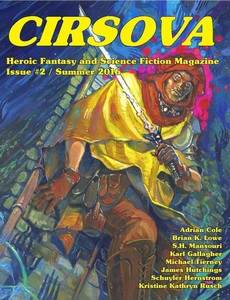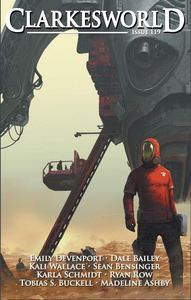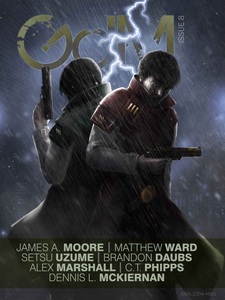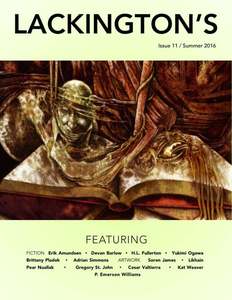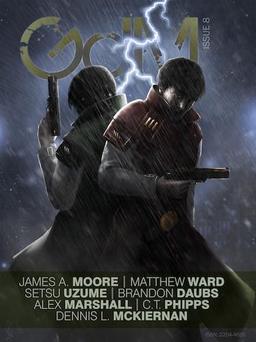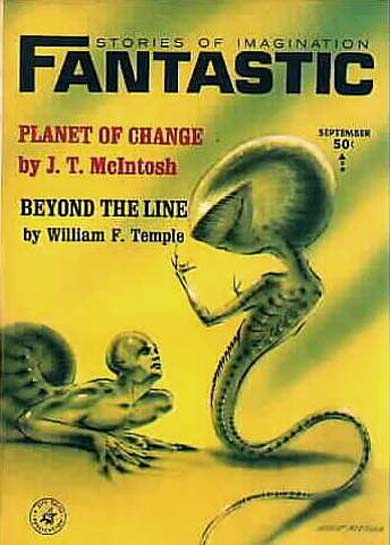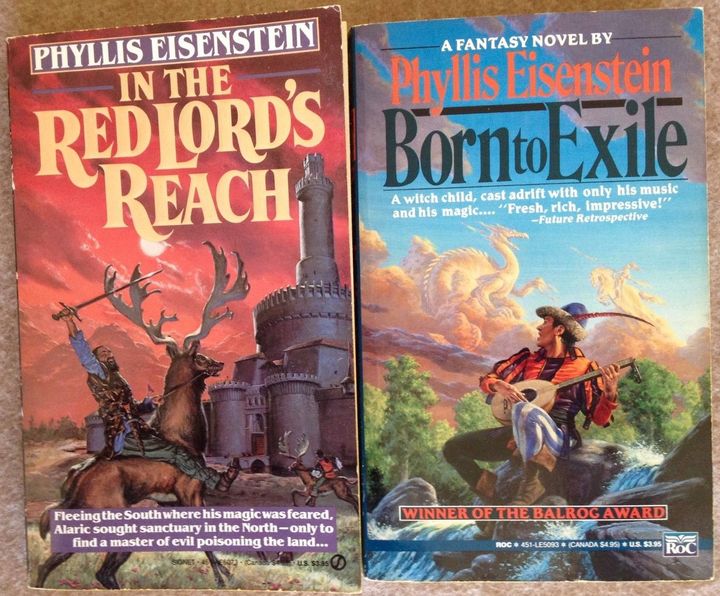August 2016 Apex Magazine Now Available
 I’m long overdue to check in on Apex magazine — I haven’t covered an issue since April. The September issue is due in just a few days, but I love Marcela Bolívar’s August cover so much I’m not going to wait for it.
I’m long overdue to check in on Apex magazine — I haven’t covered an issue since April. The September issue is due in just a few days, but I love Marcela Bolívar’s August cover so much I’m not going to wait for it.
Jason Sizemore gives us the complete scoop on the contents in his editorial.
Welcome to issue 87 – the issue where we break your heart…
“The Gentleman of Chaos” by A. Merc Rustad is a dark fantasy that shows the rewards of a well-disciplined long game. “I Remember Your Face” by E.K. Wagner is a heartbreaking post-apocalyptic tale of revenge, loss, and sacrifice. “Fall to Her” by flash fiction master Alexis A. Hunter takes us on a journey of unforgettable grief in a thousand words.
Our reprints this month are “Paskutinis Iliuzija (The Last Illusion)” by Damien Angelica Walters and an excerpt from Stay Crazy (Apex Publications, 2016) by Erica L. Satifka. Poetry editor Bianca Spriggs has an impressive lineup of poems for us: “Not Like This” by Mary Soon Lee, “This Earth” by Frank Tota, “The Labyrinth Keeper” by Anton Rose, and “Perplexities” by Peter Venable…
Rounding out our content are interviews with A. Merc Rustad and cover artist Marcela Bolívar and the latest incarnation of A.C. Wise’s short fiction review series “Words for Thoughts.” Be sure to check out the podcast version of “A Gentleman of Chaos” by A. Merc Rustad as read by Mahvesh Murad.
Here’s the complete TOC, with links to all the free content.

